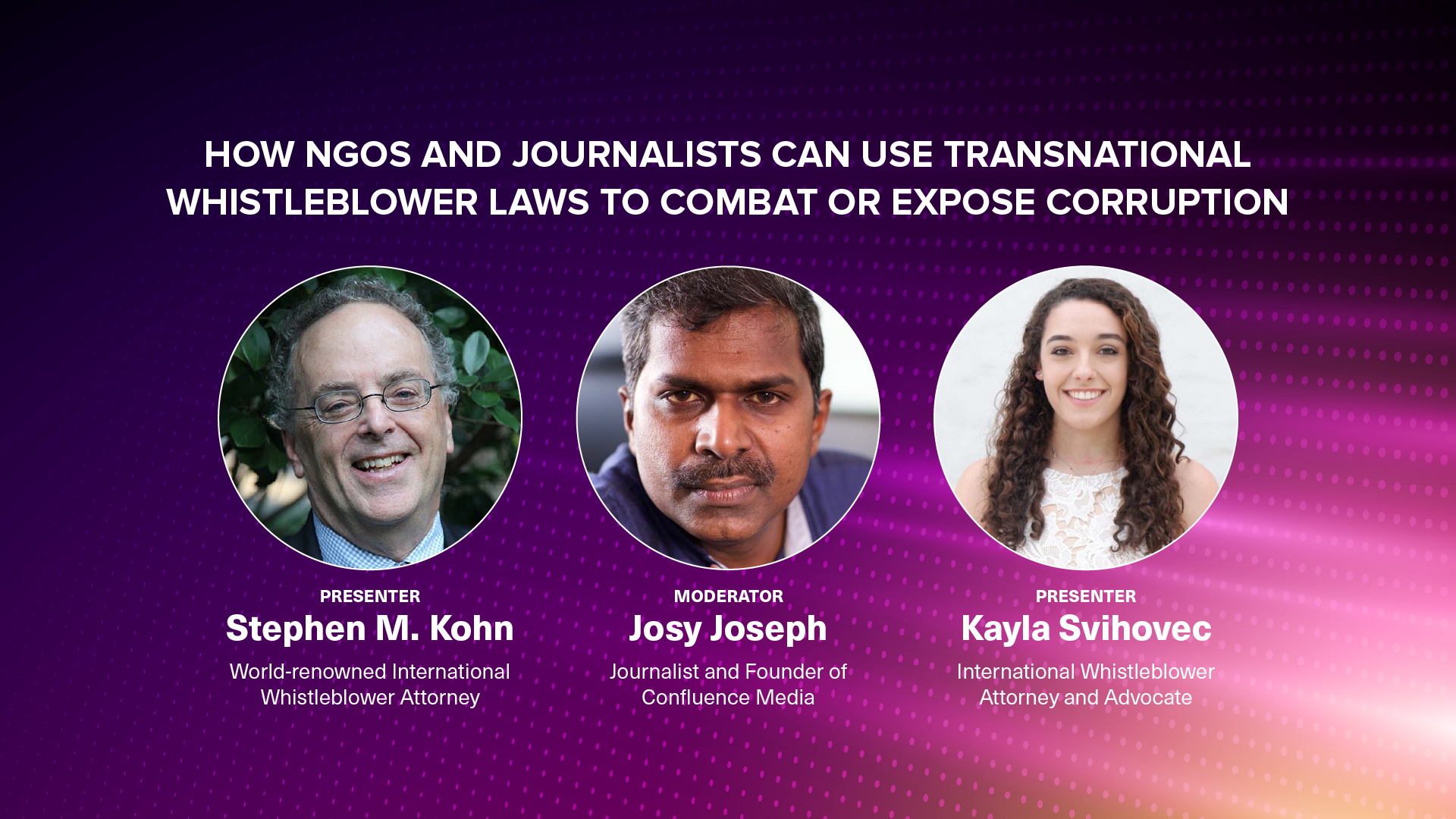Money Laundering and Crypto Mixers: How to Report Under AML
Digital currencies like Bitcoin and Ethereum offer vast financial opportunities but have also introduced complex methods for illicit activities, notably through currency mixers. Our guide educates whistleblowers on these money laundering techniques and how to report them under U.S. laws for potential rewards.
Updated
May 14, 2025

The advent of digital currencies has brought unprecedented financial opportunities. Bitcoin, Ethereum, and an abundance of altcoins are reshaping the monetary paradigm.
While the potential advantages of these digital currencies over traditional systems are numerous, they’ve also created sophisticated avenues for engaging in illicit activities, especially via digital currency mixers or tumblers.
The primary concern for regulators is that crypto mixers can be used to launder illicit proceeds. By obscuring the origins of funds, mixers make it challenging for authorities to trace financial flows and establish connections between various parties involved in illegal activities.
For those looking to blow the whistle on money laundering, comprehending this digital realm is the first step towards curbing illegalities and reinforcing the industry’s integrity.
Thus, we’ve put together a quick guide to help whistleblowers understand how money laundering through crypto mixers works, and what they can do to report it under various U.S. laws, such as the Anti-Money Laundering Act (AMLA), enforced by the Financial Crimes Enforcement Network (FinCEN), which can offer eligible whistleblowers rewards of between 10 to 30 percent from the recoveries of a successful enforcement action.
Continue reading to learn more!
Understanding Digital Currency Mixers and Tumblers
At their core, cryptocurrency mixers, often referred to as tumblers, are designed to enhance the privacy of each transaction.
Users submit their digital currency to the mixer, which then mingles it with coins from various other sources. Once sufficiently ‘mixed’, the service returns an unrelated set of coins to the user, ideally leaving no traceable connection to the original funds.
While privacy is a legitimate concern for many in the digital currency space, these very attributes make mixers prime tools for illicit activities, especially money laundering.
The Money Laundering Through Mixing Process
Traditional cash money laundering typically follows a three-phase process:
- Placement – This is the initial stage where the illicit money is first introduced into the financial system. This could be done in a myriad of ways, such as depositing cash into a bank account, purchasing assets, or using the money for gambling.
- Layering – Once the “dirty money” is in the system, the goal is to obscure its origins. This is achieved by creating complex layers of financial transactions designed to confuse and cloud the paper trail, making the original source of the funds harder to trace.
- Integration – This is the final phase where the “cleaned” money is integrated into the legitimate economy, making it difficult to distinguish from legally-gained funds. This may involve investing the money in legal businesses, purchasing high-value items, or other activities where the illicit money now appears as legit earnings or returns on legal investments.
Tracking money laundering through mixers and tumblers poses even more of a challenge due to the very nature of these tools and the complex technology that underlies them.
- Placement – Illicitly-gained funds are introduced into the crypto ecosystem, generally through a legal purchase using any number of cryptocurrency exchanges.
- Layering – Mixers involve the layering of these funds, repeatedly churning the funds through different mixers, or moving them between various cryptocurrencies.
- Integration – the laundered cryptocurrency is either converted back to traditional fiat currency, invested, or spent, appearing entirely legitimate to the untrained eye.
Like traditional money laundering, digital launderers use a technique called layering. Funds are moved through a maze of transactions, across wallets, currencies, and platforms, before reaching their final destination, making detection incredibly challenging.
And while there are sophisticated tools to analyze blockchain transactions, the continuously evolving technology behind mixers and tumblers often stays a step ahead.
Read More
What is Money Laundering?
Money Laundering Crypto Mixer Cases
Silk Road Takedown
The Silk Road was a notorious online black market, primarily known for drug trafficking. While not a mixer in itself, Bitcoin was the primary currency used on the Silk Road, and many users subsequently used tumblers to obfuscate their transactions.
The FBI shut down the Silk Road in 2013, arresting its founder Ross Ulbricht. The subsequent investigations led to the seizure of thousands of Bitcoins. Many of the platform’s users had employed mixers to obscure the origins and destinations of their funds.
BTC-e Exchange & Alexander Vinnik
BTC-e was one of the longest-running and most secretive cryptocurrency exchanges. Its alleged operator, Alexander Vinnik, was charged with operating an unlicensed money service business, money laundering, and related crimes.
It’s believed that funds from various criminal activities, including ransomware attacks and corruption, were laundered through BTC-e and other platforms. Vinnik allegedly employed tumblers and mixers to obscure these funds’ origins. He was arrested in Greece in 2017 and is facing multiple charges in different jurisdictions.
Bestmixer.io Seizure
In May 2019, Bestmixer.io, one of the largest crypto mixers, was seized and shut down by Dutch, Luxembourg authorities and Europol. They alleged that the service was used to launder and obfuscate vast amounts of illicit funds.
Law enforcement analyzed a year’s worth of transactions on the platform, aiming to unravel the complex web of illicit fund flows. It was a significant move by European authorities against services that allow for the anonymization of cryptocurrency.
Chipmixer’s Alleged Association with PlusToken Scam
PlusToken, an alleged Ponzi scheme, defrauded investors of billions in cryptocurrency. Reports said that stolen funds were moved through mixers, including Chipmixer, to hide their origins.
Blockchain analysis firms followed the flow of funds, watching as they were split, tumbled, and mixed to hide their origin, demonstrating the challenges of tracking digital assets.
Report Money Laundering via Crypto Mixers: AML Whistleblower Program
In 2021, the U.S. introduced the AML Whistleblower Program under the Anti-Money Laundering Act of 2020, designed to reward and protect individuals who report money laundering violations. Managed by the Financial Crimes Enforcement Network (FinCEN) of the Department of Treasury, the program enforces the Bank Secrecy Act (BSA).
To be eligible for rewards ranging from 10-30% of collected penalties, whistleblowers must voluntarily disclose BSA or sanction violations. They can be insiders, have independent knowledge of the infractions, remain anonymous with legal representation, and need not be U.S. residents. Crucially, the misconduct should fall under U.S. regulatory jurisdiction.
Violations might involve a financial institution’s failure to implement a compliance program or not adhering to BSA regulations. Furthermore, the program encompasses violations occurring prior to its establishment but within the permissible timeframe for government enforcement. For the BSA, this means a five-year duration for criminal actions and six years for civil cases.
In 2022, the Department of Treasury also introduced the Kleptocracy Asset Recovery Rewards Program, targeting assets linked to foreign corruption. However, due to its limitations, the AML Whistleblower Program remains the recommended channel for whistleblowers
Report Money Laundering: The Anti-Money Laundering Act
For whistleblowers, the key to successfully exposing illicit activities lies in strong documentation. Detailed records of suspicious activities, like specific transaction IDs, wallet addresses, or transaction dates, can bolster claims.
To ensure their security, whistleblowers often opt for encrypted communication channels or even adopt pseudonymous identities. Moreover, given the complexity of AML regulations, seeking legal counsel before making any moves is prudent. Individuals interested in anonymously filing an AML whistleblower complaint should thus consult an experienced AML whistleblower attorney.
Read More
How to File Anti-Money Laundering Claims
Our Firm’s Cases

$2 Billion Recovered
Wilkinson blew the whistle on a $230 billion Russian money-laundering scandal that moved rubles out of Russia, converted them to dollars at Danske Bank Estonia Branch, then to moved the dollars to New York. The largest money laundering scandal in history.
Relevant FAQs
From Our Blog
Frequently Asked Questions
Former SEC officials lead the firm’s new group, representing whistleblowers who report financial fraud and legal violations to the SEC, CFTC, DOJ, FinCEN, and the IRS.






